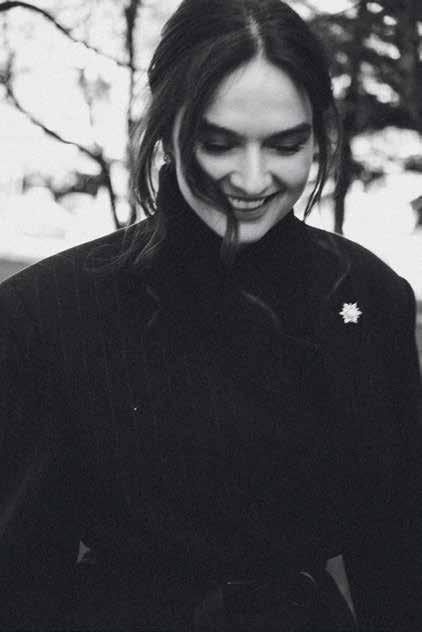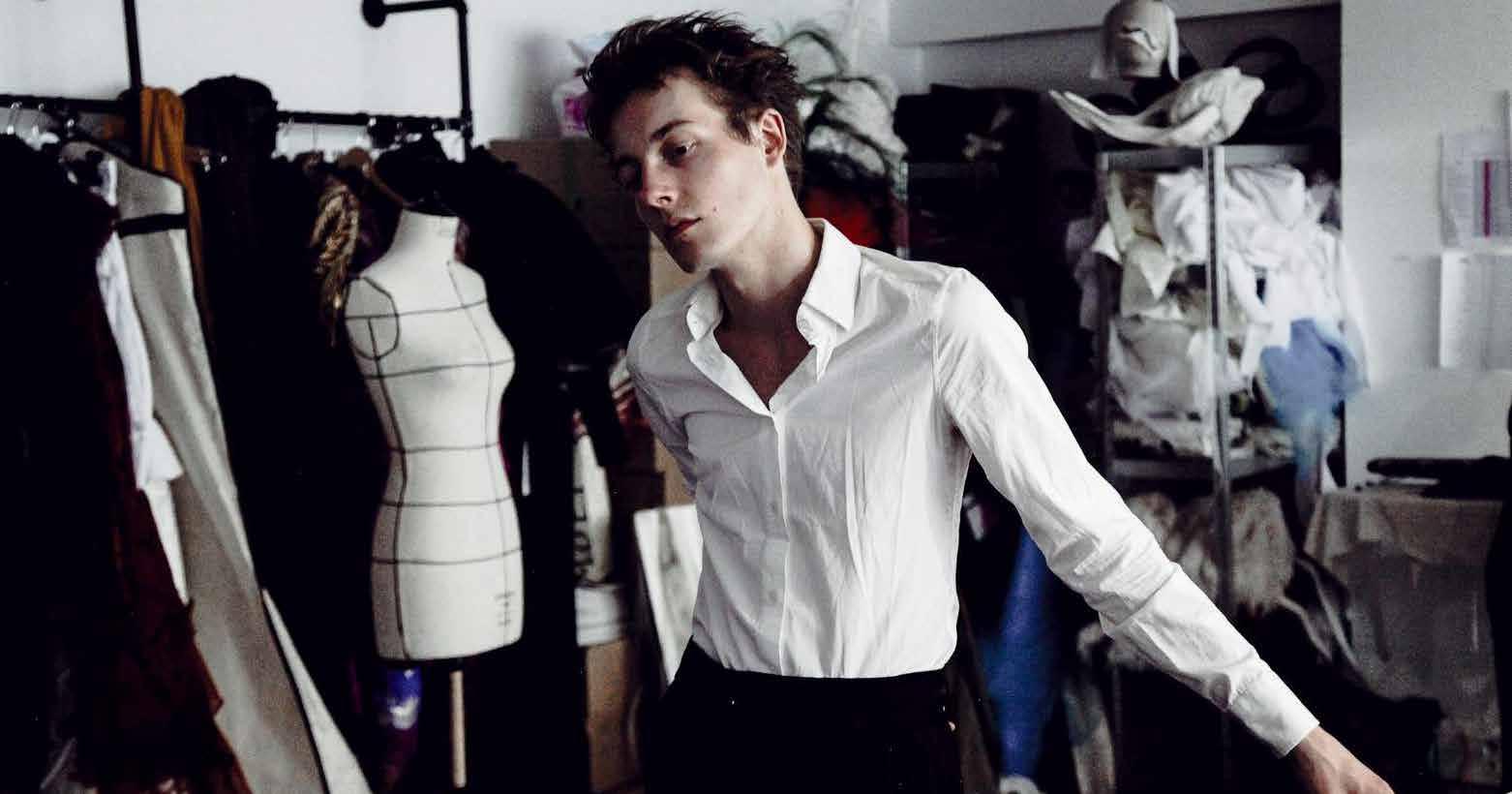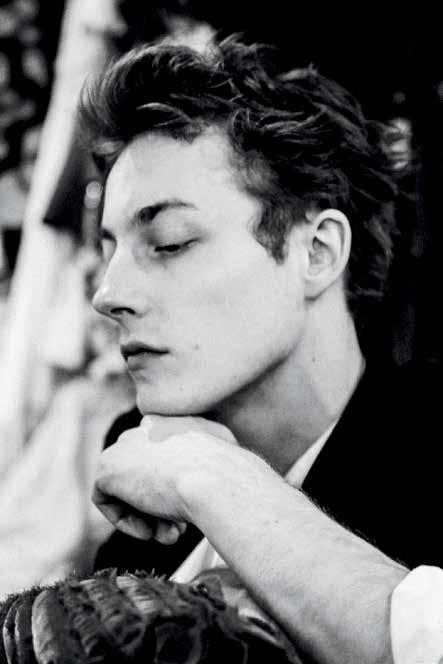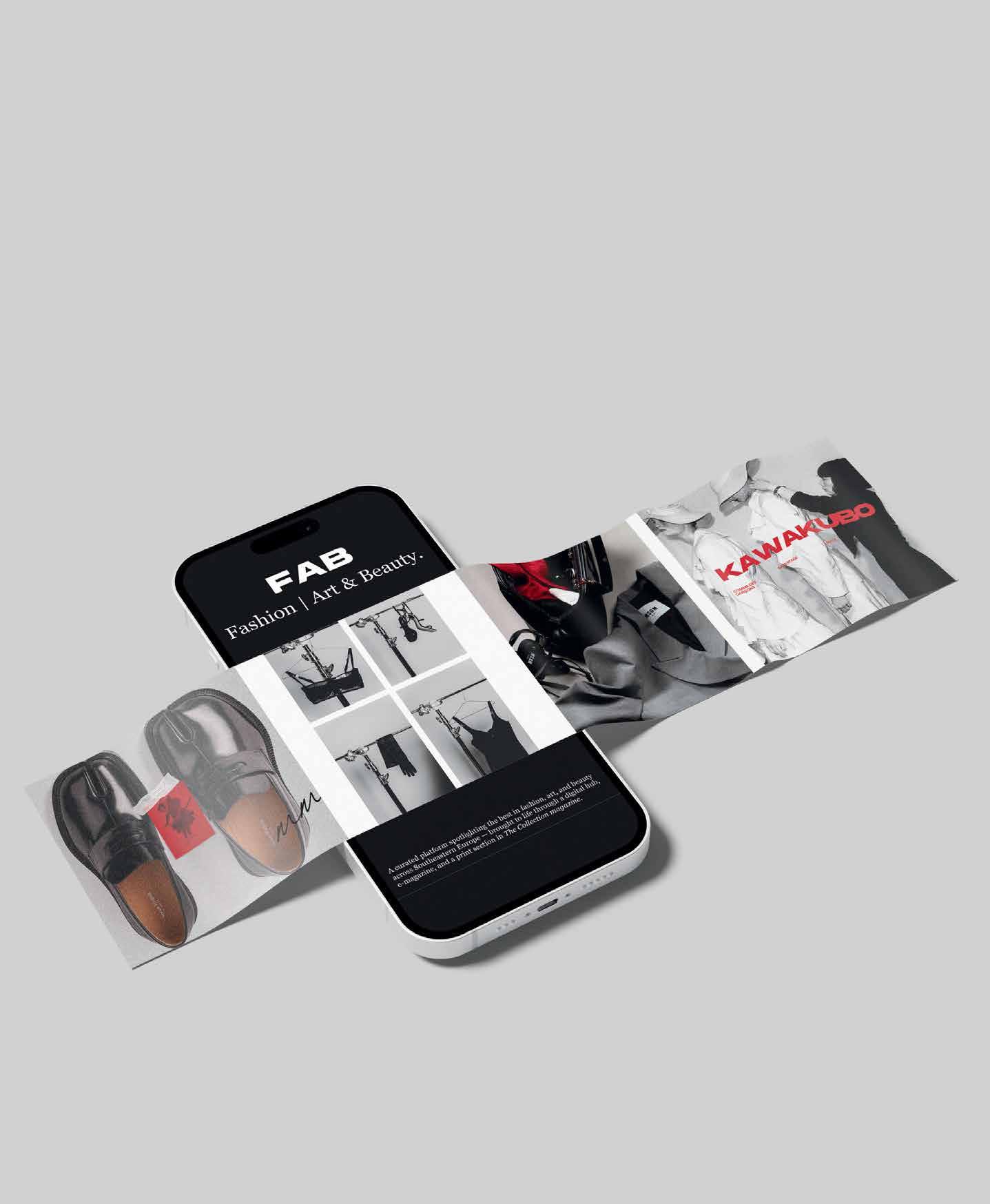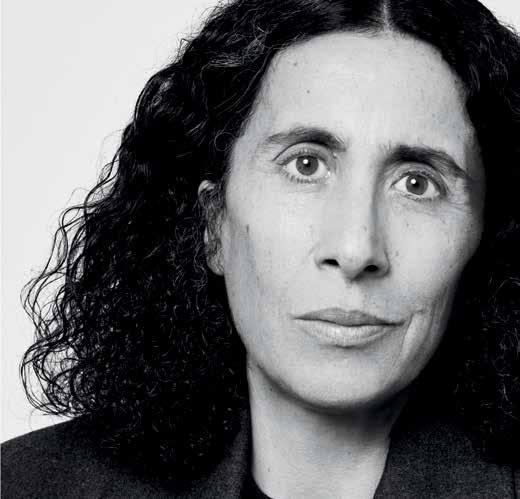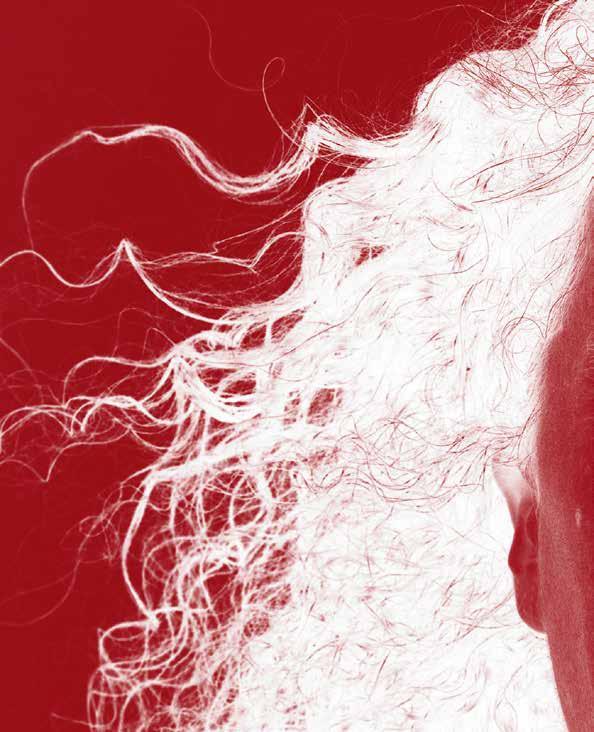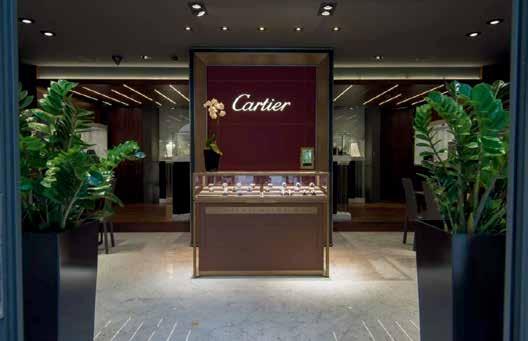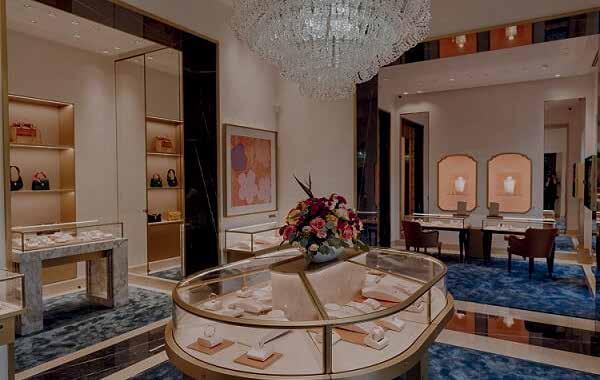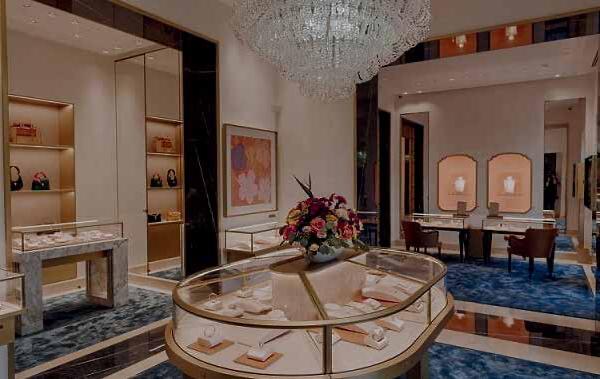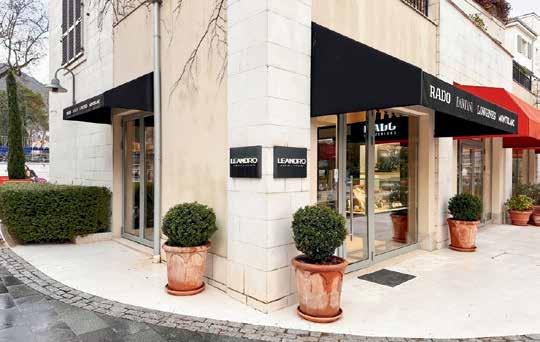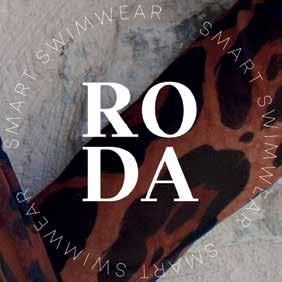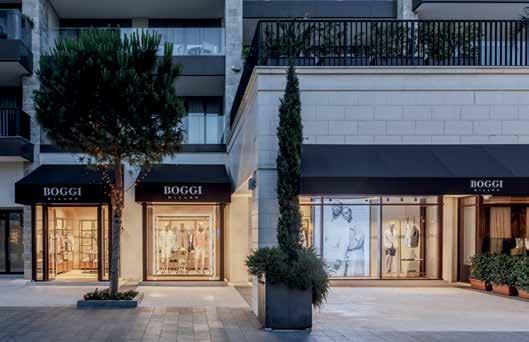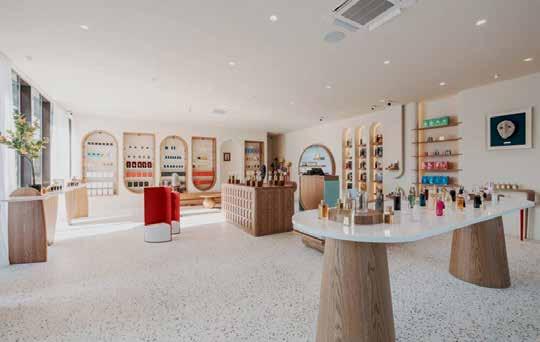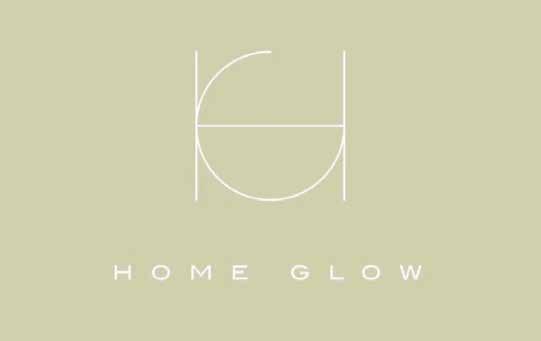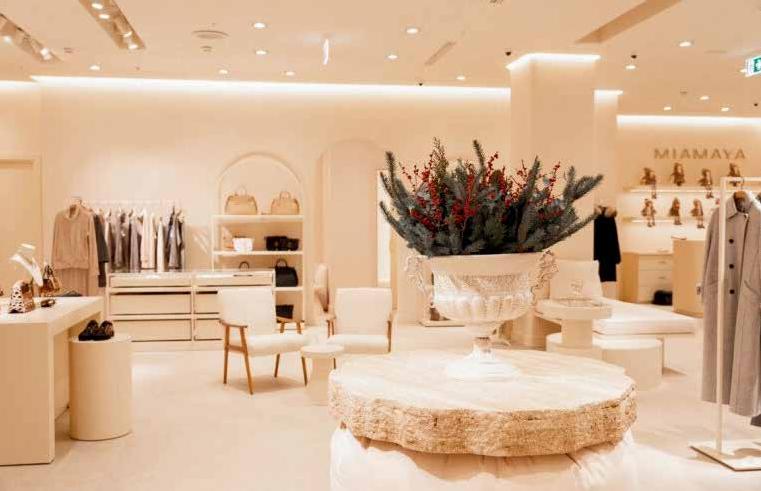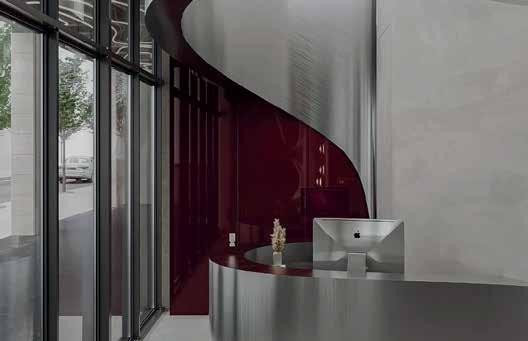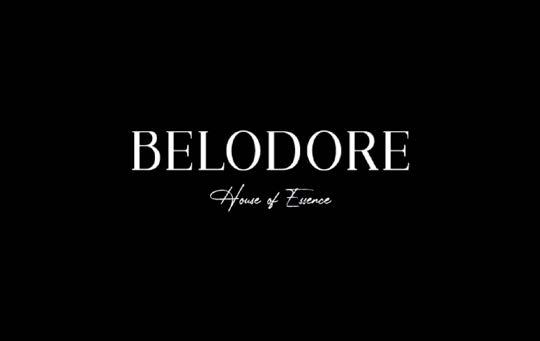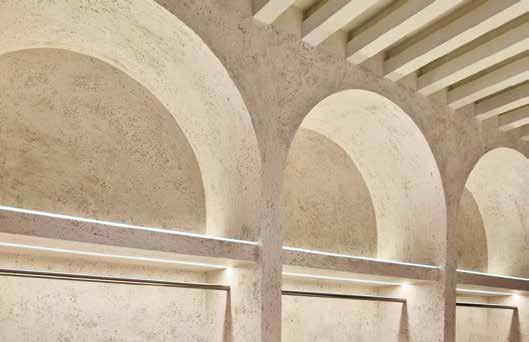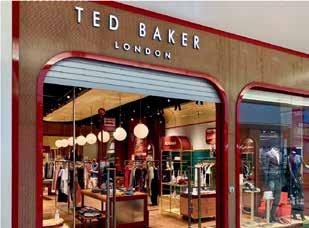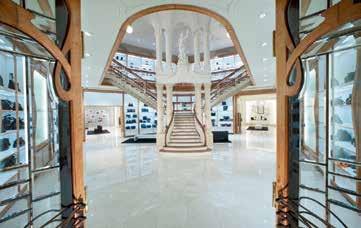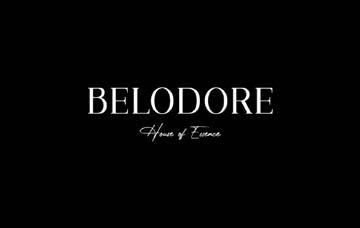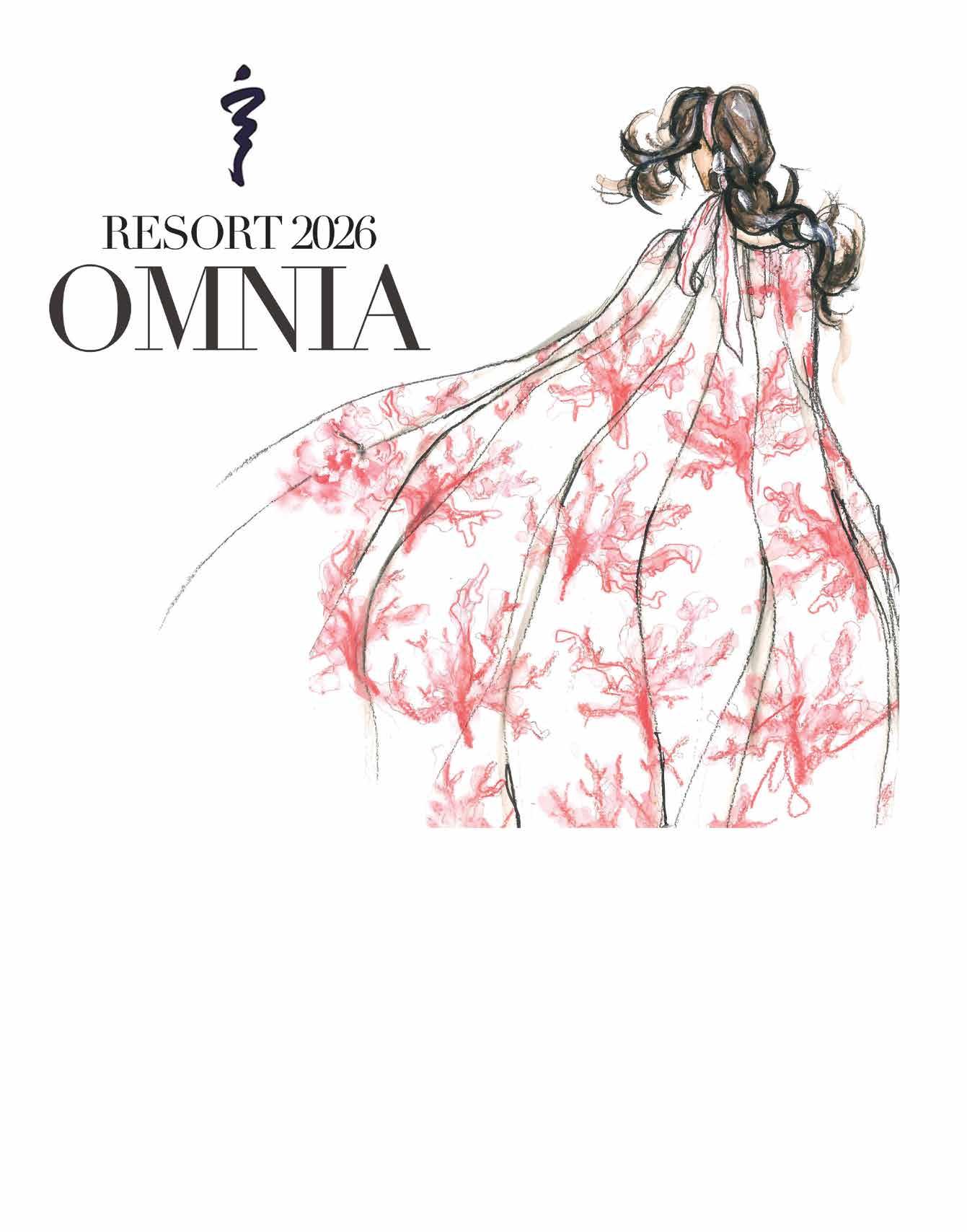WORLDS, MONSTERS,
AND SOMEWHAT TORTURED CREATURES…
You’ve spoken about your interest in interior design and flm. Your creativity moves fuidly across disciplines-like Virgil Abloh, who blurred boundaries with purpose. With social media as a hybrid space of image, text, and sound, do you think our generation is naturally more multidisciplinary?
Charles:
I think it really depends on the individual-some people want that, and others don’t. But I do believe our generation feels an increasing need to explore different mediums, to take risks, and to express ideas across various platforms. It’s a way to make messages clearer, more powerful, and more meaningful.
Zina:
Relating to the previous question - what would you say is the formula to stay grounded without feeling like you’re chasing too many creative directions at once?
Charles:
I believe it’s crucial to stay true to what you want to express, while remaining aligned with your values and the causes you choose to support. That’s what allows for creative decisions to stay coherent and authentic over time.
Zina:
You were appointed Creative Director of Rochas at a very young age-a fashion house with deep roots in fragrance. How did you navigate that transition? What did your daily life look like during that period? How did you navigate the pressure, what were the biggest challenges and the lessons learned?
Charles:
My daily life as the former artistic director of Maison Rochas was extremely intense. I spent three weeks each month in Milan, which meant I was quite alone during that period of my life, far from my usual landmarks. The commercial pressure from the house was strong, but it was precisely in that demanding environment that I learned the most - especially about readyto-wear. In my own brand, I work exclusively in couture, so discovering and leading the world of ready-to-wear was an incredibly formative experience. I was fortunate to collaborate with a wonderful, small team, which allowed me to be involved in every aspect of a creative studio and to understand each role in depth. The greatest lessons I took from that experience are perseverance and a true understanding of the commercial side of fashion - something I was much less familiar with before. It has greatly enriched my vision and the way I approach clothing today.
Zina:
Presenting haute couture at the Louvre is a rare honour. This year you stood alongside iconic houses like Dior, Valentino, Schiaparelli, Jean Paul Gaultier and many more. Could you take us into that experience? What’s something unexpected or quietly personal that happened-something you’ll never forget?
Charles:
Being featured at the Louvre was an immense honor for me. I was deeply moved when Olivier Gabé, who envisioned and curated the exhibition, invited me to present one of my dresses. I was actually the youngest designer to have a piece exhibited, which made the experience even more special.
What struck me the most was the entire process leading up to the exhibition - the exchanges with the museum’s curators and the creative team behind the project. It was both an incredibly formative and profoundly enriching adventure. Another exceptional moment for me was the Vogue France cover with Isabelle Huppert. It was the frst time Vogue created a cover outside of an advertiser collaboration, and I was truly touched by that. For a designer, seeing your work highlighted in such a way - on an icon like Isabelle Huppert - is quite a unique experience.
Zina:
You’ve said you remain focused on the contemporary and future. How do you see the role of Artifcial Intelligence in fashion today? Do you use it yourself-and where do you think it might take us creatively?
Charles:
To me, artifcial intelligence does not pose any threat to fashion whatsoever. Nothing - no machine or algorithm - will ever be able to replace the human hand or mind. On the contrary, I see AI as a wonderful way to open up to the world and to grow, because it makes culture and references much more accessible. That’s how I primarily perceive it. That said, it’s not a tool I use in my daily work or to create my collections. I don’t incorporate it into my creative process, but I certainly don’t demonize it either. Quite the opposite - I believe that, with clearly defned boundaries, it’s a fantastic tool that can genuinely support and nurture creativity.
Zina:
Our generation is often called “the generation of the distracted.” Focus is now a luxury. What’s your take-and do you think there’s a way to transform it into something creatively productive?
Charles:
It’s true that our generation is constantly distracted, pulled in by billions of images - whether on social media or simply in everyday life. Today, image takes precedence over absolutely everything. I do think it's becoming increasingly rare to have the time - or even the ability - to fully focus on just one thing. But ultimately, it’s also a matter of discipline: you have to know how to impose it on yourself when you genuinely want to do
NOTHING - NO MACHINE OR ALGORITHM WILL EVER BE ABLE TO REPLACE THE HUMAN HAND OR MIND.
things well. And it’s incredibly satisfying when you succeed. For me, it’s even essential. I actually fnd it beautiful that we now have such quick and immediate access to images. Being surrounded by images all the timethat’s what I love most in the world. I feel lucky to live in a time when this visual abundance is everywhere.
Zina:
Looking back at your work from 2020 to now, what would you not do again? What’s something you’ve completely outgrown-creatively or personally?
Charles:
When I look back on the past fve years, I feel very proud of everything that’s been accomplished, even if, naturally, there are things I love more than others. I truly believe that each project happened at a specifc moment because it was meant to - I’m quite sensitive to this idea of almost instinctive timing. Creatively speaking, if there’s one thing that may have gotten away from me at times, it would be my desire - at one point - to stray too far from my own universe, out of fear of becoming trapped in it. With hindsight, I realize that I should have cherished it, nurtured it, and brought it to the forefront instead. That’s exactly what I’m working on now.
Zina:
What drew you to the Balkans, and to Montenegro in particular?
Charles:
The opportunity to show my work in Montenegro and take part in this beautiful festival came while I was presenting my latest collection in Milan. I’m a very curious person, always happy to explore new horizons, and I had never been to the Balkans before. I also have a very good friend - a stylist who works at Vogue Adria - who
strongly encouraged me to accept the project. So I’m truly happy to be part of it, and I’m really looking forward to discovering the place and its culture.
Zina:
We began this conversation by looking back at your earliest memories. To close, let’s look ahead. Fast-forward: it’s 2035. What do you seecreatively, culturally, personally?
Charles:
By 2035, I hope to have successfully developed the ready-to-wear line of my brand, in which I have a lot of faith. I would also like to have continued cultivating my image and telling stories that, thanks to the maturity and experience gained over the years, will make me a more mature designer, ready to tackle perhaps deeper and more personal subjects.
What I especially wish is to have reached as many people as possible with my work, while genuinely strengthening the commercial side of the brand. For me, it’s this balance between meaning, emotion, and success that truly matters.
Based in Porto Montenegro and working internationally, A&A Interior offers full-service residential and hospitality design for both interiors and exteriors, project management, delivery of furniture and art objects, and more. Established by professionals with global experience, the A&A team has designed some of the most prestigious apartments and villas in the Adriatic region. Many of them published in Architectural Digest, ELLE, Vogue and other publications, which have featured A&A as one of the leading design studios in the Adriatic region.
Guided early on by her legendary aunt, Franca Sozzani-iconic editor-in-chief of Vogue ItaliaSara began her journey at Condé Nast, immersed in one of fashion’s most creative environments. From the start, she felt a responsibility to give back and open doors for others, helping to shape a more inclusive and forward-thinking industry.
For this exclusive interview, Creative Director and Editor-in-Chief of The Collection FAB, Zina Pusep, sat down with Sara Sozzani Maino to discuss creativity, mentorship, the evolving fashion system, and the true meaning of legacy.
Zina:
SOMEONE HAD OPENED THE DOOR FOR ME, SO I FELT I HAD TO OPEN DOORS FOR OTHERS.
I wanted to start our conversation by talking about your engagement in fnding talent. Listening to your story, I could relate - in some ways, you were saying “I tried this, I tried that, I was looking for my path.” So, since you’ve discovered so many talents and have such long experience in that, what is a sign for you that someone really has it?
S ara:
Before answering your question, I need to go one step back. I’m from a fashion family, and when I started, it was really fashion that picked me, not the other way around. I started working with my mom and maybe working with my parents wasn’t the best timing. My aunt Franca Sozzani saw I was struggling, so she said, “Come to Condé Nast and see what happens.” I always felt privileged. I realized I was working at one of the best magazines, but only years later, I didn’t know anything about fashion. Back then it wasn’t as fastpaced as it is now, so I had time to discover what I really wanted to do. I started at 19, and by 24 or 25, I realized the new generation wasn’t coming up, whether from Italy or elsewhere. Someone had opened the door for me, so I felt I had to open doors for others. That’s how my passion for supporting the next generation started. I believe the new generation is our future -
whether you have children or not, we all have a responsibility for the future.
That’s how it all started. Back to your question about how I spot talent… Honestly, it’s always hard to answer. Maybe I have a talent for recognizing talent. But I’ve also learned not to choose by personal taste. If I did, I might not pick anyone! It’s not about personal taste - it’s about the story, what’s behind it. I never followed fashion as a fan; I’m not a fashion addict. That balance s aved me from being swept up by the trends. I try to see creative people as they are and what they want to translate. It’s not about how I see talent, but about an intensive way of seeing, and really listening. It’s never just about clothes, but about what’s behind them, the story and everything else. I don’t think as a journalist, a buyer, or a stylist - I think about what the creative person wants to transmit. There’s no simple answer; it’s a feeling. When I see designers or students, I never tell anyone they’re not capable. Who am I to s ay that? It’s easy to say “yes, I like it” or “no, I don’t.” For me, it’s about giving constructive feedback, whether it’s positive or not. I’ll ask, “Are you sure you want to do this?”

Zina:
It was very interesting to listen to your stories and how you started. I laughed so much when you talked about your experience at Lake Como with Helmut Newton and the fake money. That was iconic, and you were so young! Could you share another memory from your early career that truly shaped you or left a lasting impression?
S
ara:
There are so many memories and each experience was unique, but I’ll never forget my frst shoot with Bruce Weber. It was an incredible adventure: there were about ffty people on set, and another stylist and I spent hours dressing everyone, from nine in the morning until two in the afternoon. We were so focused on our work that we didn’t even notice what was happening on set until we fnally stepped out and everyone was just having fun, dancing, enjoying themselves. It was kind of incredible. Those moments really stayed with me.
Zina:
Your aunt, Franca Sozzani, was a legendary force in fashion. What was it like working alongside her? Is there a particular piece of wisdom or approach that has stayed with you? What was her "signature" approach?
Sara:
Mentorship is fundamental. Contests and competitions are important, but without mentorship and follow-up, it’s like someone who wins the lottery but never had money before - they don’t know what to do with it. Mentorship is one of my pillars, along with education. Education doesn’t happen just in school; many people can’t afford it, so education must happen every day - through projects, through ideas, through your position, and by creating opportunities.
Mentorship is essential for everyone - even for those who win contests, because managing money and making decisions isn’t easy. Mentors help give you direc-
NEVER THINK THAT SOMETHING IS IMPOSSIBLE.
Sara:
Working with Franca was truly a privilege. She has always been, and still is, my mentor. I learned everything from her during the 22 years we spent side by side. The most important wisdom she passed on to me is to never think something is impossible and to always be bold. If you want to make a mark, you need to take risks, and that boldness was always evident in her work. That was her signature: Belief that nothing is impossible
Zina:
In that perspective, do you think mentorship is important for young creatives? Is it essential for success, or just a lucky addition for those who fnd them?
MENTORSHIP
IS ESSENTIAL FOR EVERYONE
tion, not by telling you what to do, but by laying out priorities and options and making you think for yourself. I always tell designers and students to listen to others, but not too much. Most people give opinions based on their own taste or experience, and that’s not always helpful. You have to put yourself in the soul of the designer and try to understand what they want. Give them options, not to make it easier, but to help them make thoughtful choices.
Zina:
You’ve supported so many young talents. Has anyone changed the way you see the future of fashion?
Sara:
What I always tell designers and students is that I learn so much from them- they have so many stories and visions. I do this work because working with designers and students keeps me young - I’m like a vampire, feeding off their energy to st ay young! Jokes aside, I really do learn from their stories, backgrounds, and their transparent, emotional ways of expressing themselves. For example, about 10 years ago, I went to Ghana and saw Kantamanto Market - huge piles of used clothes. That moment made me realize something was wrong. In 2015, I watched the documentary “The True Cost.” If you haven’t seen it, I recommend it. Sadly, not much has changed in the past decade. I’m not against the fashion system - it’s given me many opportunities - but I don’t think it works anymore. The industry is in crisis. It’s not sustainable, productive, or economically sound, and it doesn’t want young designers.
Consumers have changed the way they buy, but big brands don’t seem to understand. No one acknowledges that paying €7,000 for a coat isn’t sustainable, even if there is demand.
Zina:
I’m interested in your work around sustainability. For instance, many young designers are now very aware of the importance of sustainability and conscious brands. But what happens when you need to scale up? How can a young designer grow their business and stay true to their values?
S ara:
It can sound naïve, but the truth is: you have to set your own rhythm. You don’t have to ft into “the system.” If you decide to make, for example, only handmade coats, and you manage to do only 50 pieces a season, then that’s your pace. The only brand really working this way is Hermès. Why? Because it’s artisanal. You go to their shop, and maybe the lowest price is €200, but it’s never been about the system. People think Hermès is exclusive not because of the price, but because not
every project will survive, the ecosystem will be richer for it. I’m optimistic that it will work.
Zina:
What about technology? This year at IFF, we’re seeing a lot of innovation, which is great for our region. What digital tools do you think are going to change the industry? Are there any you think we should be wary or critical of?
Sara:
Technology is fantastic, but it’s like a drug-you have to be careful not to overdo it. For example, before COVID, hardly anyone used Zoom. Now it’s ubiquitous. I have mixed feelings about AI. I worry for the younger generation - the kids of my friends, or even younger - because while AI can be useful if you know what information you’re inputting, there’s a risk people will use it just to do things faster, without caring about what they’re learning or creating.
MY
ADVICE TO YOUNG DESIGNERS IS: DON’T CHASE THE BROKEN SYSTEM. CREATE YOUR OWN.
everyone can have it - it’s handmade, it’s limited, there’s a real cost inside.
Change is happening, even if it’s slow. I was just in Madrid visiting a sustainable brand that’s been working this way for 20 years - there’s still debate about whether it will “work,” but the important thing is the attempt. I’m optimistic. I don’t know what will happen in 100 years, but I know the change is underway. What frustrates me is that big brands and CEOs - some making €10–20 million a year, aren’t adapting. They’re stuck in a system they created, like hamsters in a wheel, and they can’t get out because of fear. I worry that if things shift even a little, many jobs will be lost - not because of the change, but because everything has been overloaded. Someone just told me last week there was a brand with 25 0 people in their styling team! That’s insane. The whole system is bloated.
New generations shouldn’t even try to ft into the old system - they should build something new. Projects will become more important than brands, and while not
There need to be barriers and rules. Our generation is “safe” because we saw things as they were before, but what about someone born today? In six years, when they start primary school, what will their world look like? I use ChatGPT consciously, for example, to help write 20 emails in fve minutes, but I know what I’m doing. Kids using AI for research - say, on World War I I - might just copy and paste without understanding anything. That’s my worry. Education has to go beyond school, because technology has the potential to degrade our skills if we use it lazily.
Younger kids today often don’t even know how to handwrite. I’m 22 years older than you, but even I notice my handwriting is getting worse, since I mostly type or use sticky notes to remember things. What about fve-year-olds who will never learn to write by hand? If they have smart parents, maybe they’ll learn, but otherwise… it’s concerning.
Zina:
Since we’re talking about younger generations and the future, let me ask a more concrete question about the industry. Recently, many big fashion houses have been appointing celebrities as creative directors, while true designers - people who devoted their lives to fashion - are sidelined. Meanwhile, a singer or infuencer suddenly becomes a creative director. Do you think this is just marketing? What message does it send to younger designers?
Sara:
To me, it’s just a commercial move. The job of creative director has been reduced to a dreamless, followerdriven position. I know a designer who was trying to get a consultancy role, and he found out that brands were choosing candidates based on how many followers they had!
You can’t judge someone’s talent based on their likes or follower count. What about someone who decides not to have Instagram but is a genius? Would they be ignored just because they’re not online? I’d love to hear your perspective as someone 20 years younger than me - why do you think social media has this power? When did it become so central, and what are you actually drawn to on Instagram?
Zina:
I think for my generation, Instagram is about lifestyle. It’s all about feeling and aesthetics. Recently there’s been a trend for nostalgia-content that reminds us of childhood, before the internet was so present. My friends and I are turning 30 soon; we’re not kids anymore, but we’re not old either.
IF YOU’RE IN A POSITION TO CREATE AWARENESS, YOU’RE RESPONSIBLE FOR USING IT WELL.
So nostalgia is huge. Fashion brands are using that too - it instantly triggers an emotional reaction. Personally, I get inspiration from the internet - Instagram, magazines like Dazed, Culted, Interview, and Highsnobiety. I’m not into monthly magazines that chase trends; I prefer collectibles with substance, things you’ll want to keep.
Zina:
Fondazione Sozzani has become a reference point for creativity and new talent. How did it all begin, what is the mission and vision that guide its work today?
Sara:
I’m happy that Fondazione Sozzani has become a reference point for creativity and for the new generation - this has always been at the core of what I do. It takes passion, vision, and maybe a bit of craziness, but we’re proud of what we’re building. Our mission is to keep pushing creativity forward, especially in the felds of culture and education, and to make sure we continue to serve as a reference for new talent.
Zina:
Finally, looking ahead, what’s next for you, and what does legacy mean in your world?
Sara:
Now I’m working mostly on my family’s foundation –Fondazione Sozzani, created by my mother. The fundamental pillars are still the same - regeneration, education, responsibility. I still work a lot with schools and on advisory boards, but for me, it’s all about the next generation. We’re just passing through this world - eventually, we all leave. I don’t have children, but I always say I have “a thous and kids.” That’s my legacy. Heritage is important, whether through family or your work. My cousin made a documentary about Franca (“Chaos and Creation”); when it was fnished and presented at Venice, Franca passed away four months later. She said the most beautiful legacy in the world is a child - which I agree with - but you can also leave a legacy through your work and values.






